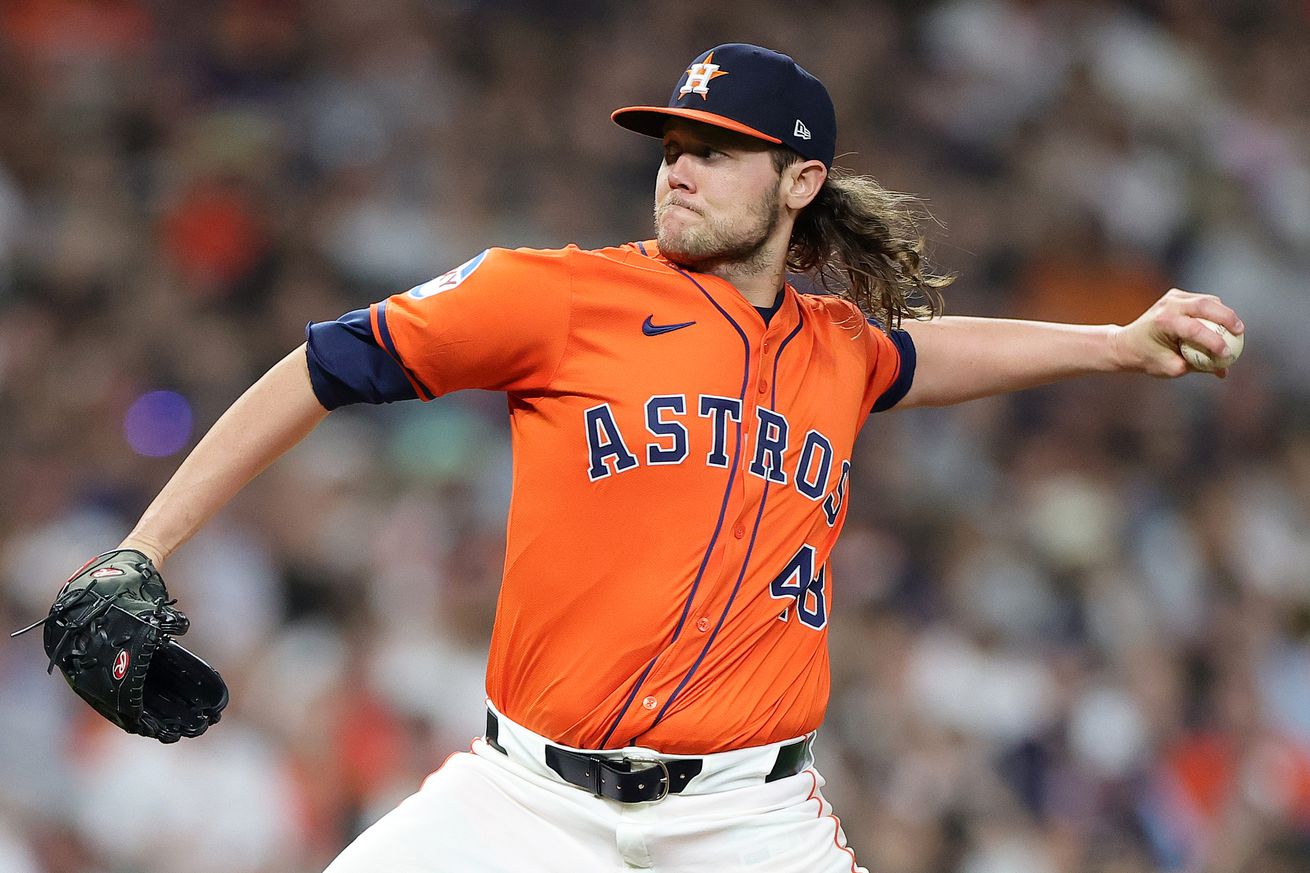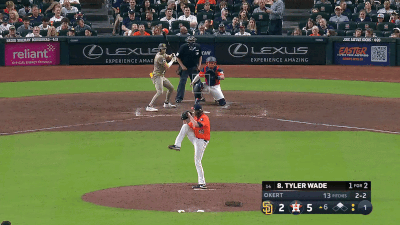
I’m a bit of a sucker for journeyman relievers unexpectedly becoming a stud. Specifically regarding Houston in recent years, Rafael Montero was that guy in 2022, while Tayler Scott had a career-best season in 2024. There are numerous examples every season in baseball of a pitcher who suddenly becomes a viable option in the bullpen. There is a real question about whether those pitchers can carry those results beyond a single season (spoiler alert: Montero didn’t, while Scott still has time), but even a single-season blip can be extremely fun in the moment.
Overall, I’ve mostly liked how Dana Brown has addressed bullpen depth. Signing Josh Hader to his big-dollar contract two offseasons ago was probably a Jim Crane-driven decision, but Brown has otherwise had the freedom to structure the bullpen in his preferred style. Acquiring pitchers already on the fringes of 40-man rosters across baseball is a good strategy for finding undervalued talent, especially given Houston’s reputation for pitching development. It doesn’t hurt that this is typically cheaper than paying the current rate for an average to above-average reliever in free agency.
Steven Okert is possibly the find of the offseason for the Astros. The left-hander has had a tremendous start to his season, posting a 0.82 ERA in his first 11 innings. He is also one of five qualified relievers yet to issue a walk, alongside a 20% swinging strike rate. Only six qualified relievers possess a higher swinging strike rate in roughly the first month of the season. That list includes names like Mason Montgomery, Kirby Yates, and Mason Miller, so it’s fairly good company.
So, why is the 33-year-old having such an encouraging start? There are a couple of reasons. First, the Astros have adjusted Okert’s pitch arsenal by having him ditch his sinker and changeup. As a result, we’ve seen his four-seam usage climb to roughly 50%, while his slider usage has declined, making that distribution nearly even. While other clubs have had Okert steer increasingly further away from a four-seam that was frankly pretty hittable in the past, Houston has encouraged him to embrace it. While the expected stats (.290 xBA, .628 xSLG) aren’t flattering, the decision to throw it higher in the zone (you’ve heard this before with other pitchers and the Astros with four-seam fastballs) has helped it become less of a liability. Opposing hitters, namely right-handed hitters, are having more issues against his four-seam.
- 2025 Four-Seam: 29.3% Whiff Rate (34.3% Whiff Rate against RHH)
- 2024 Four-Seam: 8.2% Whiff Rate (2.0% Whiff Rate against RHH)
- 2023 Four-Seam: 23.9% Whiff Rate (27.9% Whiff Rate against RHH)
But make no mistake, Okert’s slider stands out among his arsenal, exhibiting an average of 8.9 inches of glove-side movement this season.

Even with decreased usage, Okert’s slider has become increasingly effective, generating a 46.5% whiff rate against opposing hitters. In terms of results, he has allowed only two hits (both doubles) and struck out 12 batters (52.2% K%) on his slider thus far. It also helps that Okert’s release points on both horizontal and vertical planes are relatively close compared to his earlier seasons, essentially tunneling his pitches more effectively. While it isn’t universal for all pitchers, it certainly helps some when the release points of two or more pitches are fairly similar, making it increasingly difficult for an opposing hitter to use that as an identifier for the type of pitch they’re about to face.


Once again, the early returns from Okert have been nothing but encouraging. If anything, the left-hander has pitched himself into a more essential role moving forward, especially as Tayler Scott continues to struggle a bit. While Forrest Whitley or Scott may have the inside track to the seventh-inning role if they perform up to expectations, Okert isn’t going to make it an easy decision if he continues to pitch this way. Bullpen depth remains a valid concern, but I feel better about it the more I see Okert throw.